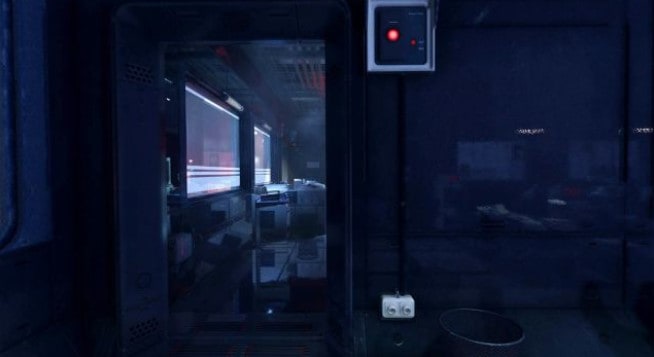You haven’t seen much ray tracing in games due in part to the limited frameworks for it. Outside of Microsoft’s DirectX, creators have usually had to lean on proprietary approaches. Soon, though, it might be relatively ubiquitous. The Khronos Group has released “provisional” ray tracing extensions for Vulkan, the open graphics standard effectively replacing OpenGL on multiple platforms. You should see sophisticated reflections, fewer light artifacts and otherwise more natural-looking lighting in titles that support the technology.
Whether or not developers support the approach depends on their reliance on Vulkan and willingness to implement ray tracing in the first place. Right now, hardware-accelerated ray tracing is only available with a handful of GPUs. Programmers won’t have to throw out their existing knowledge, at least. The Vulkan extensions use a “familiar overall architecture” that will let people bring over the approaches they used with the likes of DirectX or NVIDIA’s OptiX.
It could be a long while before games adopt this en masse between the needed development time and wider hardware support. Don’t be surprised if you see ray tracing from relative newcomers, however. This could also be the key to making ray tracing more commonplace beyond Windows, including on open platforms like Linux.

